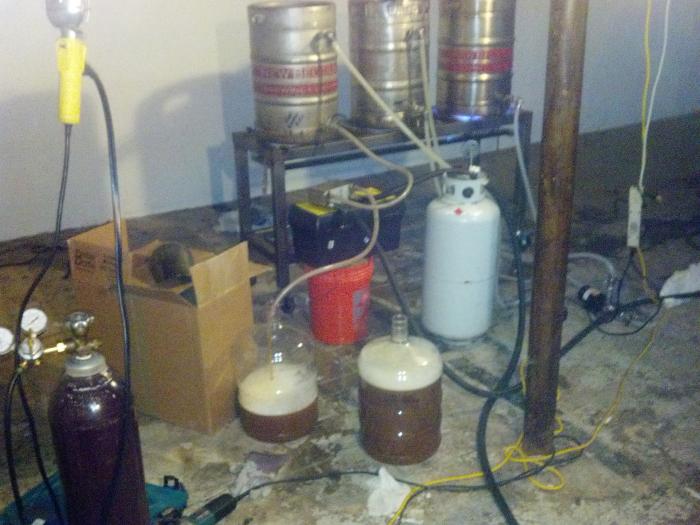biohazard-brewing
Member
- Joined
- May 16, 2013
- Messages
- 21
- Reaction score
- 0
Hey I just wanted to introduce myself, My name is Bill and today I brewed my first batch of ale. Bought an extract kit, an irish red ale and it is currently in my fermentation bucket in the basement.
My biggest concern is that the OG was 1.04 and it should have been closer to 1.048-.056.
There was still a lot, comparatively speaking, of wert in the brew kettle after I transfered it to the fermentation bucket and I was wondering if that could be the reason the OG was low.
Any constructive comments would be appreciated. Thanks,
Regardless of how this turns out...I really enjoyed it!
My biggest concern is that the OG was 1.04 and it should have been closer to 1.048-.056.
There was still a lot, comparatively speaking, of wert in the brew kettle after I transfered it to the fermentation bucket and I was wondering if that could be the reason the OG was low.
Any constructive comments would be appreciated. Thanks,
Regardless of how this turns out...I really enjoyed it!



